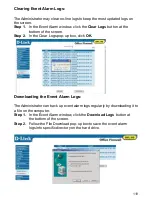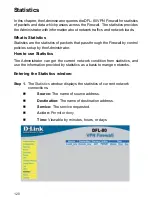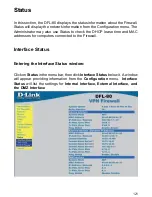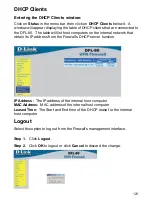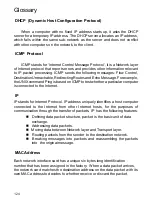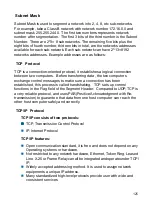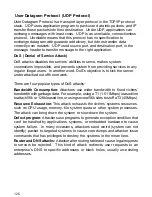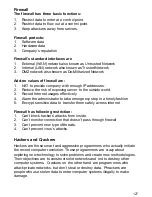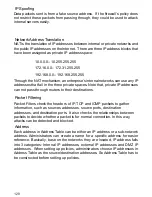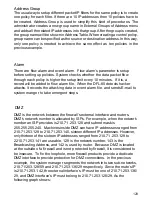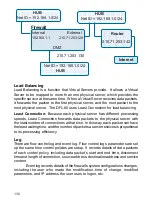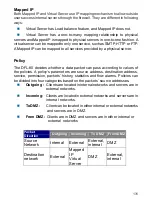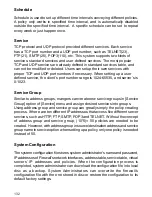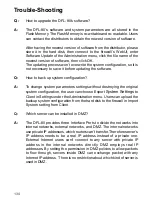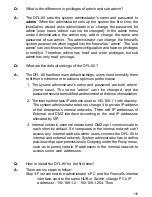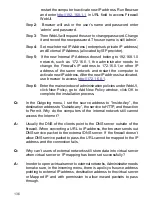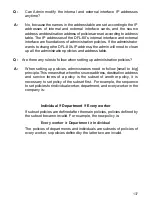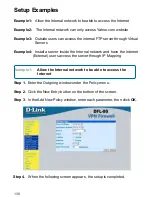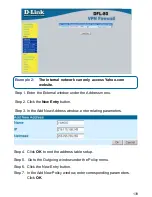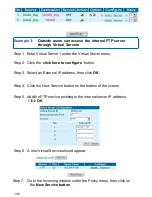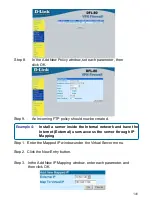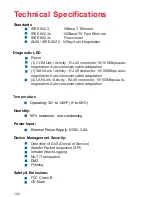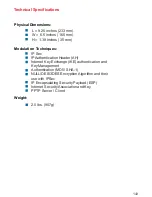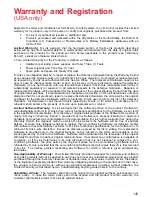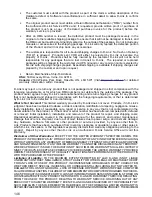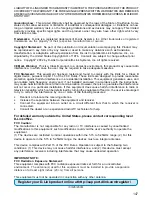
133
Virtual Server
The Firewall separates an enterprise’s Intranet and Internet into internal networks
and external networks respectively. Generally speaking, in order to allocate
enough IP addresses for all computers, an enterprise assigns each computer
a private IP address, and converts it into a real IP address through the firewall’s
NAT (Network Address Translation) function. If a server is located in the internal
network, outside users can’t directly connect to it by specifying the server’s
private IP address. First, we set the real IP address of an external network
interface to the actual IP address of a Virtual Server. Through IP translation of
the Virtual Server, outside users can access the servers of the internal networks.
Virtual Server owns another feature - one-to-many mapping: one real IP address
on the external interface can be mapped into 4 internal virtual IP addresses.
Because of the Load Balance feature, Virtual Server can distribute data packets
evenly to each private IP address (which is the physical server) based on their
weightings. Thus increases server’s efficiency, reduces risks of server crashes,
and enhances servers’ stability.

